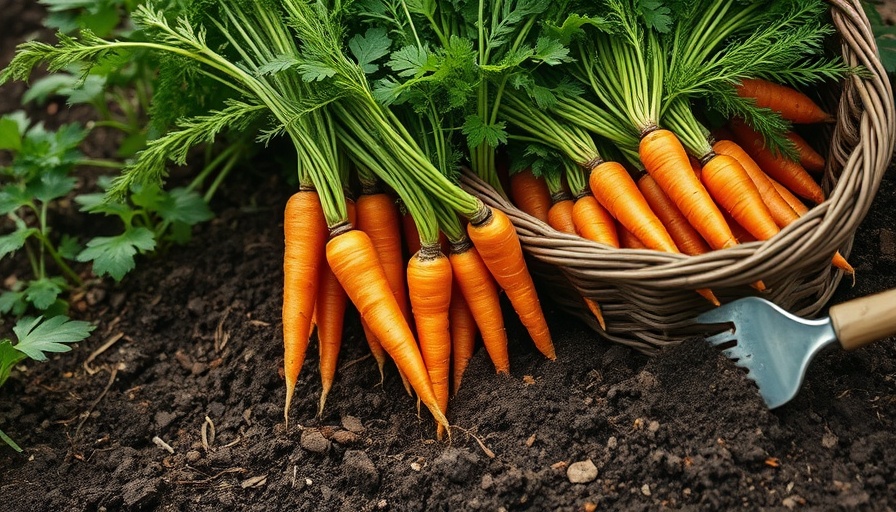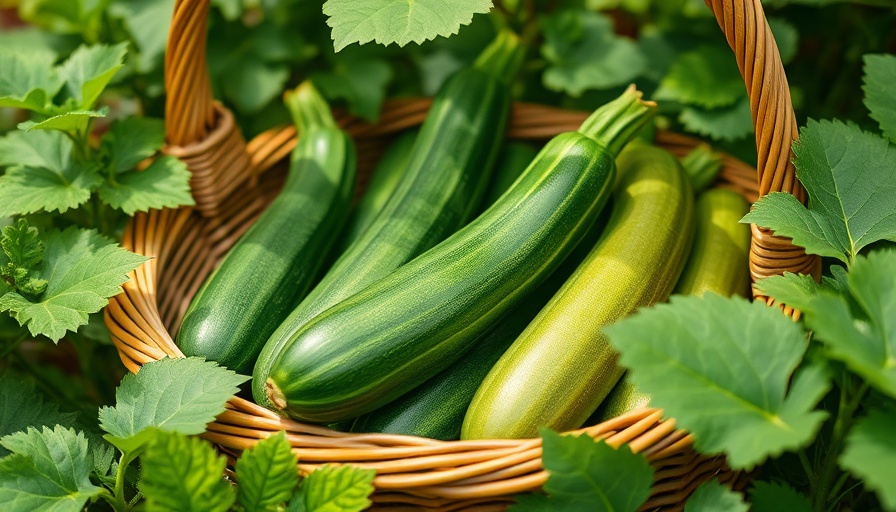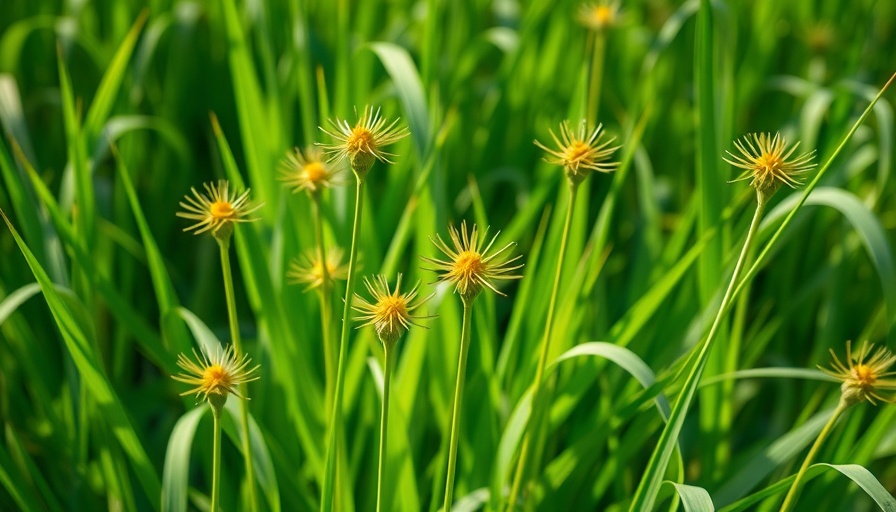
Why Fall Is the Best Time to Grow Carrots
As the scorching summer sun gives way to cool autumn breezes, savvy gardeners know it's not just time for pumpkin spice lattes; it’s also the perfect opportunity to plant carrots. The cooler weather uniquely contributes to the enhanced sweetness and texture of fall carrots, making them tender and flavorful. Unlike their spring counterparts, these roots thrive as temperatures drop, turning starch into sugar and giving your homegrown harvest a delicious edge over store-bought options.
Perfect Timing for Maximum Harvest
Successful carrot cultivation hinges on timing. To cultivate those sought-after fall carrots, gardeners must consider their local climate and the first frost date. Carrots typically take about 70 days from seed to harvest, but earlier-maturing varieties, like the popular ‘Little Finger,’ can be ready in just 60 days.
Start with your average first frost date—an essential marker in your gardening calendar. For instance, if you know your region typically experiences its first frost in mid-October, you’ll want to plant your carrot seeds by early August at the very latest. To be on the safe side, add a buffer of about two weeks to accommodate slower growth as the season begins to cool.
Regional Planting Recommendations
Different regions have varying climates, which can significantly influence the timing of your carrot planting. A general rule of thumb is to work backwards from your localized frost date—but this can be adjusted based on the anticipated growing conditions. For instance, northern climates may require more planning and earlier planting dates due to their shorter growing seasons.
Benefits of Leaving Carrots in the Ground
One of the remarkable features of fall carrot gardening is the ability to leave carrots in the ground during winter. In many climates, once winter frost arrives, it doesn't harm the carrots as much as one might think. In fact, as temperatures drop, many pathogens become less active, leading to healthier root crops that can be harvested as needed throughout the winter months. This removes the rush to process the entire harvest at once, promising fresh flavors all winter long.
Enhancing Your Fall Garden Experience
Want to elevate your gardening game even further? Pair your fall carrots with eco-friendly yard care and low-maintenance landscaping techniques that support a thriving garden without overwhelming commitment. Consider integrating paver patio designs or adding garden planning tips that maximize your space. With these features, your yard can transform into an inviting outdoor kitchen space, perfect for those cozy fall evenings.
Conclusion: Are You Ready to Get Your Hands Dirty?
Now that you know the ins and outs of planting carrots for a fall harvest, it's time to roll up your sleeves and dig in! Whether you're new to gardening or a seasoned pro, the joy of harvesting sweet, crunchy carrots during the colder months awaits you. So grab your seeds and start planning; your homegrown feast is just a few weeks away!
 Add Row
Add Row  Add
Add 




Write A Comment